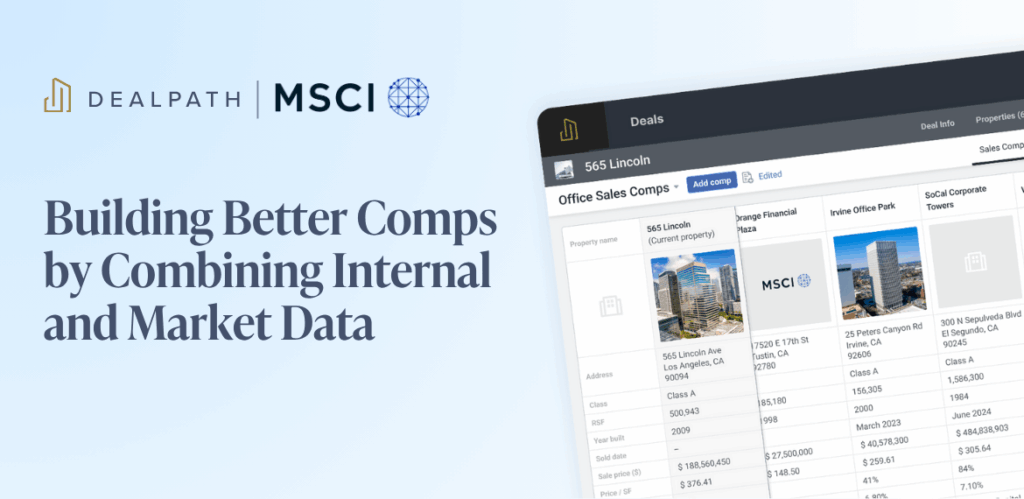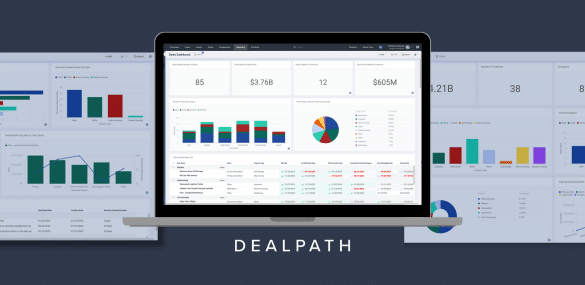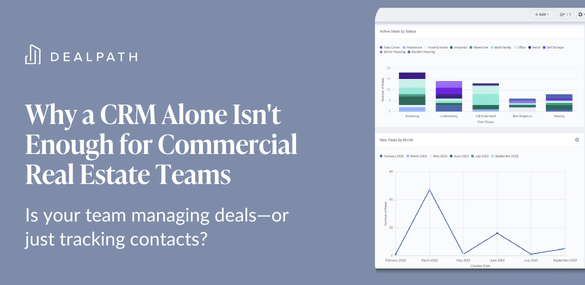To fund the purchase of a new building acquisition or a development project, real estate investment management firms often utilize several sources of capital within their capital stacks. One of those sources of capital is a real estate mezzanine loan, also called mezzanine financing. Mezzanine loans provide investors, or borrowers, with capital in the form of subordinated debt. Read on to learn more about what mezzanine loans are, how they benefit both investors and lenders, examples, and more.
What is a Mezzanine Loan in Commercial Real Estate? (Definition)
A real estate mezzanine loan is a type of financing that investors take on to fuel acquisitions or development projects. Mezzanine loans are subordinate to senior debt within the capital stack, but receive priority over both preferred and common equity. These loans take their name from building mezzanines, which sit one level above the ground floor.
When senior debt doesn’t cover the cost of a purchase or development project, investors can use mezzanine loans to bridge the gap. Mezzanine bridge loans help investors boost their return on investment by providing additional capital without selling the maximum possible equity. As a combination of both debt and equity financing, real estate mezzanine loans are unsecured, meaning they typically don’t require physical collateral. In the event a borrower defaults or experiences bankruptcy, though, lenders can recoup their interest returns in the form of equity instruments.
Mezzanine Loan Interest Rates Are Higher Than Other Financing Options
Mezzanine financing gives investors flexibility when it comes to selling equity, but because they’re unsecured, lenders like CRE debt origination firms take on heightened risk. For this reason, mezzanine loans generally carry higher interest rates than typical bank rates, as well as shorter terms. Rates are normally in the double digits, with some as high as 30%. However, because investors can retain optimal ROI in the long term, this trade-off is normally justifiable. The loan’s principal is normally not amortized, meaning payment comes entirely in the form of interest.
Subordinated Debt, With Equity Instruments On Standby
In the event that a borrower defaults or goes into bankruptcy, the capital stack determines the priority level in which lenders and stakeholders are paid.
Senior debt lenders, which typically lend the lion’s share of capital for a property’s purchase, are at the top of the capital stack, meaning they receive payment first. Mezzanine loans fall right after senior debt in this hierarchy. When borrowers can’t afford to make payments on a mezzanine loan, lenders maintain the right to seize equity instruments or control of the property, depending on the agreement’s terms. Mezzanine lenders will receive payment before common and preferred equity shareholders, though.
Mezzanine Loan Example: Offsetting Equity Dilution
To fully understand how mezzanine financing in real estate works, let’s look at an example of a $5 million multifamily property acquisition. Assume that you qualified for a $3 million mortgage, or senior debt, which covers the bulk of the acquisition’s cost. Additionally, assume the property generates $400,000 in net operating income, and that senior debt payments remain static at $225,000.
To cover the remaining $2 million for the purchase, you could sell equity, but doing so would diminish the property’s equity returns. Instead, you could sell equity to cover a portion of the remaining costs, while covering the remainder with a mezzanine loan. Let’s break down how the costs and returns would differ in each scenario.
$5 Million Acquisition Deal Without Mezzanine Debt:
| Senior Debt/Mortgage | $3 million |
| Equity | $2 million |
After paying down senior debt, the property would generate $175,000 in net cash flow, making the return on equity 8.75%. To boost that return on equity, you could offset the equity borrowed with a mezzanine loan.
With a real estate mezzanine loan, the capital stack may still include equity, but the percentage would be drastically reduced.
$5 Million Acquisition Deal With Mezzanine Debt:
| Senior Debt/Mortgage | $3 million |
| Equity | $1.25 million |
| Mezzanine Debt | $750,000 |
In addition to the senior debt payment of $225,000, you would also be obligated to pay $50,000 for the mezzanine debt. As a result, the property’s net cash flow would be $125,000. Despite the decrease in net cash flow, your return on equity would increase to 10%, meaning you’d earn a larger percentage of profit on an ongoing basis.
| Capital Stack | Purchase Price | Senior Debt | Equity | Mezzanine Debt | Net Operating Income | Senior Debt Payment | Mezzanine Payment | Net Cash Flow | Return on Equity |
| With Mezzanine Debt | $5,000,000 | $3,000,000 | $1,250,000 | $750,000 | $400,000 | $225,000 | $50,000 | $125,000 | 10% |
| Without Mezzanine Debt | $5,000,000 | $3,000,000 | $2,000,000 | $00.00 | $400,000 | $225,000 | $00.00 | $175,000 | 8.75% |
Why Use Mezzanine Financing: Benefits For Investors & Lenders
Regardless of which side of the transaction you’re standing on, real estate mezzanine loans carry potential benefits. This breakdown explores how investors borrowing capital can benefit from a mezzanine loan’s structure, as well as the potential benefits for lenders providing the capital.
For Investors & Commercial Real Estate Property Buyers
In a pinch, real estate mezzanine loans can be an important tool that empower investors to obtain capital while preventing further equity dilution, instead helping them retain a larger stake of ownership and profit.
- Use debt to leverage the property, while retaining equity and increasing return on equity
- Interest payments could be tax deductible
- Real estate mezzanine loans are listed as equity on the balance sheet, rather than debt, which might help applicants apply for further financing
For Lenders
Despite the high risk, mezzanine lenders can also benefit from providing equity-backed financing to help investors complete a transaction:
- Lenders charge high interest rates for real estate mezzanine loans, often in the double digits
- High risk is partially offset by the potential to seize equity or control
- In some situations, mezzanine lenders may have the option to stipulate conditions under which the borrower must operate
Achieve Team-Wide Visibility Into Acquisitions & Lending Pipelines
Evolving pipeline deals can indicate high potential for your firm, but only when you can deploy resources appropriately. How can you effectively respond to and predict evolving market trends without visibility into deals and corresponding data?
Watch Dealpath’s webinar to learn how your team can watch deals change in real time, and the operational efficiencies that complete connectivity introduce.
Watch Now


